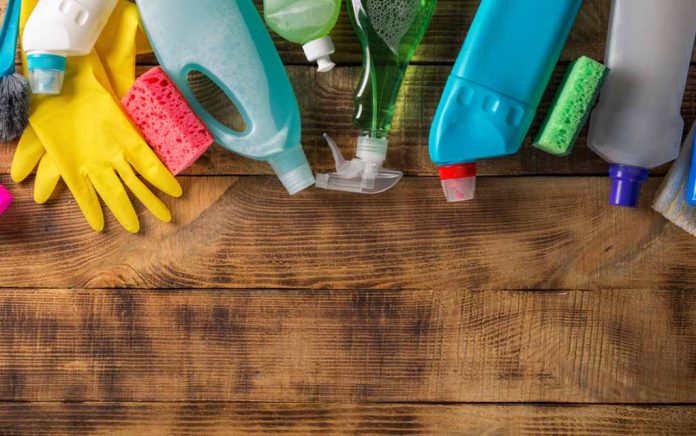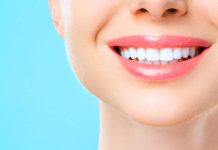
(HealthyResearch.com) – Some messes can be so overwhelming that it might seem like there’s no cleaning product in the world powerful enough to tackle them. Why not mix a few, then, to compound their strength? The idea may be great in theory, but it can be downright deadly in application. Numerous dangerous combinations are possible, but these are the most common to steer clear.
Ammonia and Bleach
The combination of these two strong chemicals causes the chlorine in bleach to break apart molecularly, creating noxious chloramine gas. Research has shown that these highly corrosive fumes can cause serious lung injury, and even with supportive treatment, exposure can sometimes end in death. The effects are comparable to those of mustard gas.
But that’s not all. The Washington State Department of Health warns that, when mixed with water, chlorine gas released by mixing bleach and ammonia can turn into hydrochloric and hypochlorous acids. That means the gas can bind with a person’s sweat, tears and saliva to burn the skin, eyes and other mucus membranes.
Check labels before switching from one product to another. For example, using one brand of spray cleaner then switching to cleaning wipes to finish the job could lead to cross-exposure. The two compounds don’t have to physically come together to become damaging; even the fumes can mix to create a deadly gas.
Bleach and Drain Cleaners
The acids in some drain cleaners will react in similar ways when they hit bleach, creating highly toxic chlorine gas. The result can be particularly difficult to manage if it occurs inside the drainpipes, says Chemistry World. Remember, chemicals can still mix after they’ve washed down the drain, so be mindful of what may already be in the pipes when cleaning sinks and bathtubs.
Bleach and Rubbing Alcohol
According to Science Notes, these two chemicals come together to form a few compounds including chloroform and hydrochloric acid. Both are irritating to the eyes and respiratory tract, but chloroform can also knock a person unconscious. In some cases, it can disrupt the heart’s natural rhythm, leading to “sudden sniffer’s death.” Mixing bleach and acetone will also result in the formation of chloroform.
Bleach and Pesticides
Pesticides that contain amine will become extremely reactive in response to bleach. Pesticide Environmental Stewardship explains that the response may be so violent that the mixture explodes into fire. Always check pesticide labels for instructions on which agents to use and avoid when cleaning up spills.
Bleach and Vinegar
Vinegar is another acid that breaks down bleach molecules and releases toxic gas. Be careful using glass cleaners and other agents that could contain vinegar or similar acid compounds. Other products that could contain these types of chemicals include automatic dishwasher rinses, rust removal products and some toilet bowl cleaners.
Hydrogen Peroxide and Vinegar
The mixing of these two cleaners creates another cleaning agent called peracetic acid. Some farmers use this combination to sanitize livestock equipment, stalls and milking establishments. The compound is extremely corrosive, says the US Fire Administration, so it’s best to steer clear of this one, even if it doesn’t produce acid fumes.
Two Different Drain Cleaners
Drain cleaners can have different types of active ingredients, and if you mix an acid-based cleaner with one that’s bleach-based, a person might as well be mixing bleach and ammonia in their drain. According to AZChemistry, this can result in an explosion. If one drain cleaner doesn’t work, it might be time to call a plumber.
Cleaning supplies are important to keep any home sanitary and smelling nice. Just be sure to use one type for each project; if multiple products are necessary, make sure their active ingredients are compatible. If need be, split up tasks to use different cleaner types on different days — and always keep rooms well ventilated. We clean for our health and wellbeing, so why take any risks that could jeopardize either?
~Here’s to Your Health & Safety!
Copyright 2020, HealthyResearch.com
















